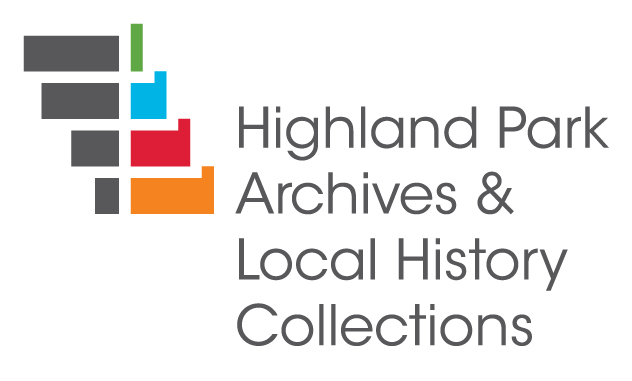The Highland Park Woman’s Club (HPWC) was founded in 1899 through the efforts of Laura Dayton Fessenden who served as the Club’s first president. Fessenden had been involved in the Chicago Woman’s Club; and she and her friends wanted to be part of an organization for women that was not dependent on a male counterpart.
The HPWC is representative of the American Woman’s Club Movement and First Wave Feminism. For many (chiefly elite) women, the Club Movement provided their only independent cultural, community and/or intellectual activities. At the time of the HPWC's founding, most clubs for women served solely as auxiliaries of mens' clubs. Within a year, there were 95 members of the HPWC. The foundling organization outlined its goals as “Reform, Education, Home, Art, Literature, and Philanthropy” for dues of $1/year and qualifications of membership being "character and intelligence." A newspaper article found in the Club's 1899 scrapbook notes, “The club does not consider or question such distinctions as race, color, religion, or politics.” The HPWC joined the General Federation of Women’s Clubs and Illinois Federation in 1900 and incorporated in 1920. The Club’s earliest meetings included the reading of papers written by members and literary discussions. The HPWC held study groups with subjects as diverse as Emily Dickinson, history, “Oriental Magic,” music, and foreign travel.? They held language classes and hosted visiting musical groups, professional and amateur. Later, the Club organized departments, including Fine Arts, Drama, Garden, and a Collectors Study Group. The Club adapted to its members and community’s direction with new and different clubs and activities. In 1950 the Club organized a Junior Auxiliary. The HPWC established a scholarship committee in 1965.
The HPWC founded and administered an early version of a bookmobile, a traveling library with five cases of fifty books each. The cases rotated between rural schools. As public and school libraries developed, the Club discontinued the program and donated the books to Highwood, Illinois schools. The HPWC secured funding to build the Highland Park Public Library from Andrew Carnegie as an early notable achievement. Rummage sales, advocating for regular, covered garbage pick-up and Christmas Seals sales constituted early and continuing Club activities. Initially, the club met at the Young Men’s Club, the library, various houses, churches, and schools, including Elm Place School where they placed their piano for use by the children in exchange for meeting space. In 1914 The Club established a Building fund to plan in raise money for a clubhouse. The HPWC first met in its newly built clubhouse, a colonial revival designed by architect Arthur Brown, on February 27, 1924. The HPWC had purchased the land at the corner of Elm and Sheridan for $10,500 in 1919 (IFWC December 1925). This building served as club headquarters until 1993.
After an expensive battle to retain the organization’s not-for-profit status and property tax exemption that reached the Illinois Supreme Court, the HPWC kept its not-for-profit status. However, the HPWC's leadership decided it was no longer economically feasible to maintain a clubhouse. After much internal and external discussion and debate, the Club rejected offers from developers (one which resulted in a lengthy lawsuit documented in this collection), and the HPWC deeded the club’s grounds and building to the City of Highland Park as the Highland Park Community Center. The HPWC continues to meet at the renamed Highland Park Community House and other locations in 2011.
http://highlandpark.gfwcillinois.org/.

